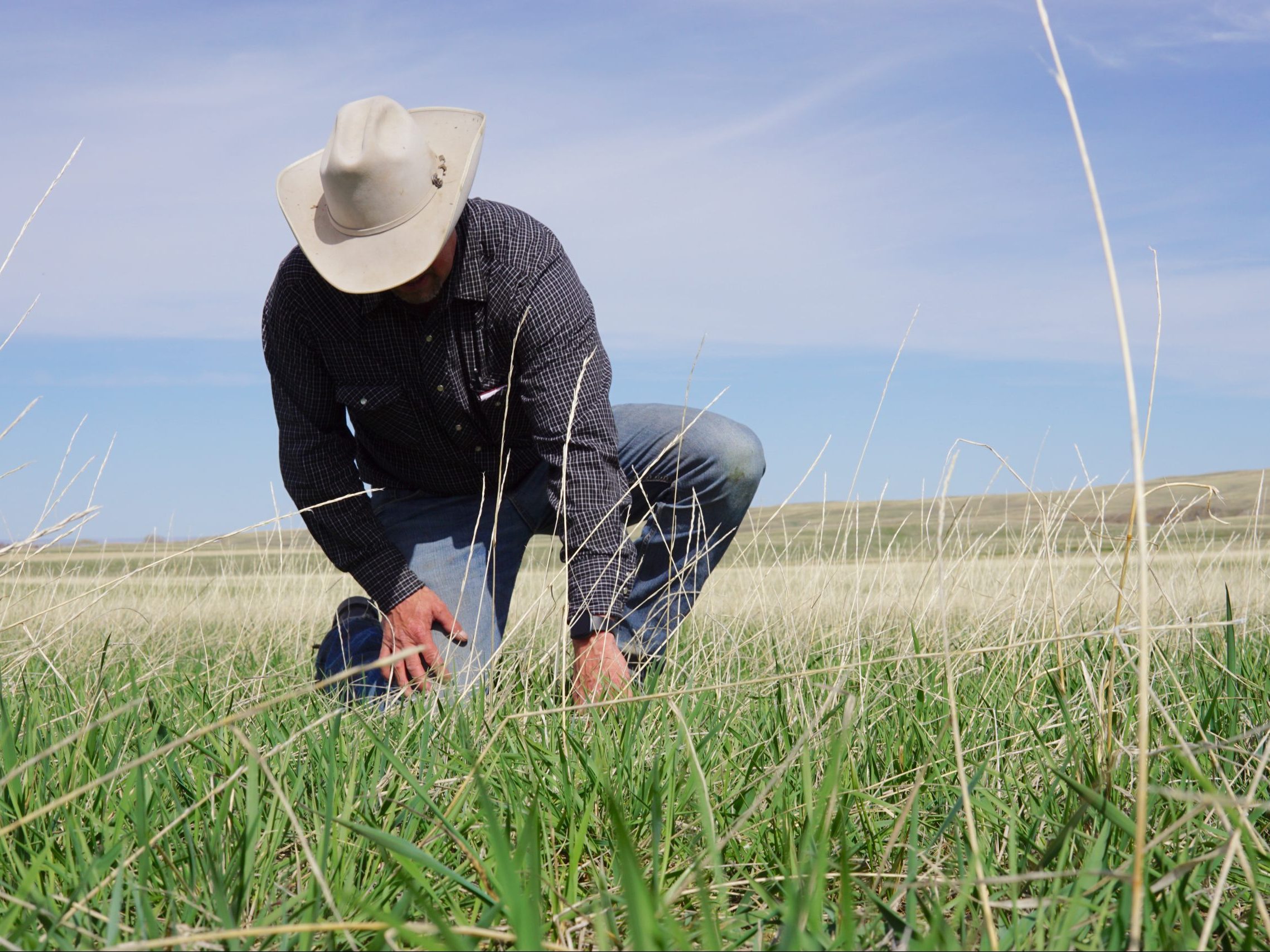-

·
What Brings Us Together: Five Lessons from the Range
Field Notes What Brings Us Together: Five Lessons from the Range By Brenda Richards, Idaho Rangeland Conservation Partnership Coordinator Conserving and restoring healthy rangelands is a community-scale effort that depends on people in many roles, from restoration crews and wildland firefighters to land managers, permit specialists, agency staff, and landowners. One of the most vital—and…
-

·
Five Interesting Ways to Use Virtual Fences
By Janyne Little Managing cattle across vast rangelands has long been a complex challenge for ranchers and land managers. Conventional barbed wire fencing methods, while effective, can be costly, labor-intensive, and inflexible to operational and environmental changes. Virtual fencing technology has the potential to provide a more precise, adaptable, and cost-effective tool for livestock management.…
-

·
IWJV Featured in “On the Ground” Podcast
The IWJV’s Partnering to Conserve Sagebrush Rangelands is featured in a new episode of the Bureau of Bureau of Land Management’s podcast, On the Ground. Listen here!: The episode interviews Grace Hershberg and Ethan Kalinowski. These two members of the IWJV’s Sage Capacity Team are stationed in different corners of Montana to facilitate ecological restoration…
-

·
Grazing Management for the Future: Six-Part Film Series
Outcome-Based Grazing Authorizations This series highlights the Bureau of Land Management’s Outcome-Based Grazing Authorizations through the ranching families and federal staff dedicated to environmental and rural community well-being. The Intermountain West Joint Venture (IWJV) is pleased to announce a new video series in collaboration with the Bureau of Land Management (BLM): Grazing Management for the…
-

·
Partners in North Central Montana Leverage RCPP for Conservation
You can also view this storymap here.
-

·
Wind River Restoration: Cooperative Effort Puts Funding to Work Against Cheatgrass
“What do you see?” It’s the question Mark Hogan likes to ask when he brings partners to experience large-scale conservation projects on the Wind River Reservation. The answer to Hogan’s question? Everything. Sagebrush, forbs, bunchgrasses, footprints from big game herds, and everything else that indicates a healthy and connected shrub-steppe landscape. This landscape is defined…
-

·
Updates to Outcome-Based Grazing Program Shared in New Webinars
The Bureau of Land Management’s (BLM’s) Outcome-Based Grazing program continues to grow in exciting directions. During this year’s virtual Society for Range Management Annual Meeting, the BLM shared updates from the program through a series of virtual webinars. Through a 7-part series, the BLM National Lead for the Outcome-Based Grazing Initiative, Kathryn Dyer, provided audiences…
-

·
Private Lands Conservation
“Our private lands are the least expensive wildlife refuges available.” — George Shine, Oregon Rancher Public lands comprise around 70 percent of the Intermountain West’s iconic landscapes. However, 70 percent of the region’s wetlands—including important sagebrush mesic habitat—occur on private land. These water-rich areas are frequently associated with irrigated agriculture and often occur on working ranches…
-

·
Creating Miracles in the Desert: Restoring Dixie Creek Film
For decades, cattle grazed the vegetation growing alongside Dixie Creek continuously throughout the summer. A stream that once supported Nevada’s native cutthroat trout, was reduced to a trickle in the bottom of a deep gully. In 1991, the Elko District of the Bureau of Land Management (BLM) built some fences around Dixie Creek so the…
-

·
The People Component of Land Management
By Katlyn Uhart, Coordinator, Results Oriented Grazing for Ecological Resilience Group Recreation, public lands, natural resources, and livestock grazing are a few of the key components discussed when regarding the health of sagebrush ecosystems in the West. It is no secret that these are some of the hot topics constantly bouncing between stakeholders with a…
Focus Area: Grazing Management
-

·
Updates to Outcome-Based Grazing Program Shared in New Webinars
The Bureau of Land Management’s (BLM’s) Outcome-Based Grazing program continues to grow in exciting directions. During this year’s virtual Society for Range Management Annual Meeting, the BLM shared updates from the program through a series of virtual webinars. Through a 7-part series, the BLM National Lead for the Outcome-Based Grazing Initiative, Kathryn Dyer, provided audiences…